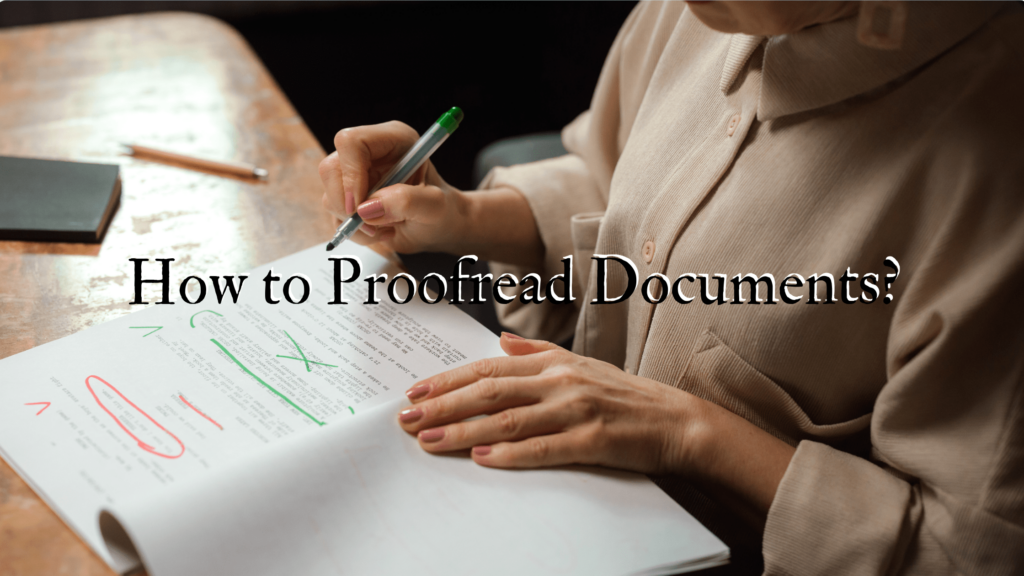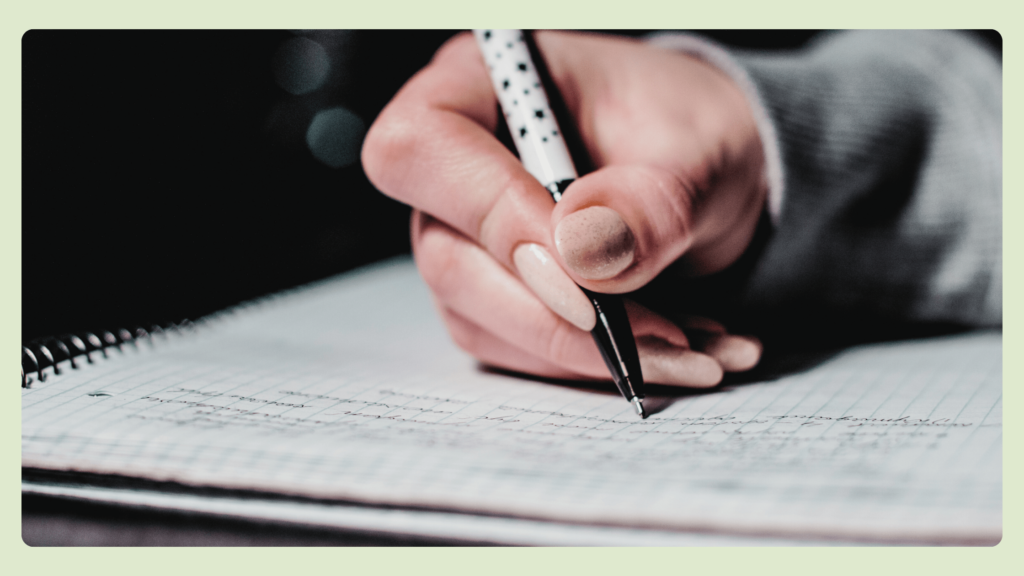Proofreading is checking the final draft of your research paper or other documents after you have completed your editing. Editing refers to checking your paper to see if you have missed something to write or if it needs changes, additions, deletions, etc.
Both editing and proofreading are crucial steps for accurately completing your research paper. The question is how to proofread documents. Why is it an important step? This is what you will see here in this article.
Importance of Proofreading
Proofreading is a skillful job that requires keen eyes to find minor mistakes such as missing punctuations, commas, or other minute errors that can otherwise be missed. Correcting those mistakes is crucial as that can affect the overall outcome of the paper.
While editing is primarily a writer’s job or task, proofreading could be done either by the writer or someone else. Proofreading is a time-consuming process that involves several steps and repeated processes.
Proofreading is a crucial and mandatory process that you must complete before submitting your writing for publication.
What Does Proofreading Focus On?
As mentioned earlier, proofreading focuses on minor errors and mistakes. But what are those errors that you must be mindful of? Here they are,
- Proper spelling
- Capitalization
- Spacing between words
- Punctuation
- Formatting
- Proper citation format (APA, MLA, Chicago, etc)
- In-text citation
- Section headings
- Table headings
- Figure headings
Now that you know what to look for and make the necessary corrections, let’s head towards understanding how to proofread documents.
How to Proofread Documents?
Before you start proofreading, ensure that you have a physical copy of the document. It is better to proofread a document on paper, rather than a soft copy. You are likely to spot mistakes better when you physically go line by line.
In addition, proofreading is not a single-step process and you might have to repeatedly go through the same document. Sometimes, you might have to take a printout multiple times as well.
Basic Spell Check
Before you start proofreading, run your document through spelling and grammar-checking software such as Grammarly to eliminate all major mistakes. You can get the basics with the free version and get more features with the premium subscription. The premium subscription will be valuable for research scholars and professionals.
Once you have completed this process, take a physical copy and start the actual proofreading process.
Formatting
The first step of proofreading is to check the formatting of the paper. Ensure that the paper is consistent with the required formatting style. Each style- APA, Chicago, MLA, etc has specific formatting requirements. This is where you start your proofreading process.
Look for the heading styles, citations, references, indentations, font, font size, headers and footers, page numbers, title page formatting, etc.
Check the Headings
Now that you have covered the formatting, proceed with the title, headings, headings of tables, figures, etc. Check for capitalization, spelling, and consistency of these headings. Also, check if they stay relevant and are required. For the thesis and other research papers, you might already have a list of main sections, so checking those headings will be easier to keep track of.
Proofread Section Wise
Once the headings are covered and any spelling errors there, move on to the individual sections. Each section must be read aloud so you can figure out if the sentence makes sense and sounds correct to the context.
While checking the sections, it is better to randomly choose the sections to review rather than going by the order. This will be helpful if you are proofreading your own writing or work. The random pickings will help you spot mistakes more easily than by going in order.
Sentence Editing
While proofreading section-wise, start with sentence editing. Read each sentence and see if it requires corrections or rectifying errors. Check if the sentence conveys the message properly as expected. Also, ensure that it has a smooth flow from one sentence to the next.
Pay attention to the sentence structure, word choice, spelling, punctuations in between, and prepositions. Everyone will have one or more words that they repeat throughout the document. Unless it is a scientific or technical word, it is better to eliminate these repetitions and replace them with synonyms as suitable.
Sometimes, you may have to read the same sentence multiple times to identify each error. It is better to focus on one thing at a time rather than finding too many errors simultaneously.
Read Aloud Backwards
It might sound funny, but this is exactly what you should do. Reading backwards can be word by word or sentence by sentence. The objective here is to spot errors in the punctuations or missing punctuations. When you read backwards, you do not have to concentrate on what makes sense and you can check for those errors quickly.
As you go through, you can make a list of common errors so that you know what to look for in the remaining parts of the document.
Punctuations
Once you have done an initial proofreading, mark the punctuations in the document. There could be unnecessary commas, semi-colons, etc and in some areas, they may be missing. When you do the second or third proofreading process, pay attention to these markings and see if it is relevant or need deletions.
Additional Proofreading Tips
- Do not start proofreading your documents right after writing. Wait for a few days or a week before you start. This will give you a fresh perspective on the content written.
- Use AI voice or ask someone else to read the document aloud to you. You can find inconsistencies and errors when you hear it in another voice.
- Choose a quiet place to proofread the document, in case you can’t find a suitable place, use noise-cancelling headphones to give you the environment.
- Read slowly, do not rush to complete the paper. Read aloud at a slow pace, allowing enough time for you to process the words and punctuations.
- Use a blank paper of a ruler to check every line on the document. This will help you focus on a single line to see any punctuation errors.
- Focus on only one thing at a time. While looking for spelling errors, do not focus on punctuation or other mistakes.
- Start with section reading, sentence correction, and word choices, and then to punctuations step by step.
- Other mistakes to look for include subject-verb agreement, tenses used, pronouns, verb endings, introductory phrases, in-text citations, if the in-text citations have proper references, unnecessarily fused sentences, etc.
Conclusion
Before you submit your research papers, you can proofread your documents yourself. You may also hire the services of professional proofreaders if you need them. It will be useful for large documents such as a thesis, dissertation, or research paper for publications, etc. Eleven if you are hiring professionals, you can do an initial proofreading to eliminate as many errors as possible. It never hurts to get an extra pair of eyes to get the documents right.
Related Topics
- How to Write a Scientific Paper: A Step-by-Step Guide
- What is Peer Review? Why is Peer Review Important in Research?




